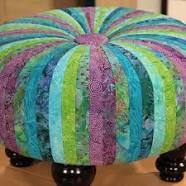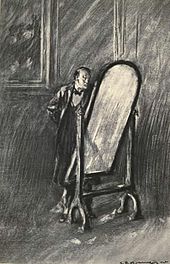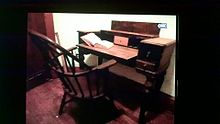We have all been there before at some point—you find an item that you are looking for, and it has a price that you can afford. The only problem is is that it’s a reproduction. What are some tips that you can use to help you identify a real item instead a reproduction?
The first thing to remember is that age and wear can be faked. One example is that linens can be soaked in coffee or tea to age them. Another is that furniture can have wear added to it by hitting it with a heavy item over and over (like a chain) or using a sander to help add wear.
There are also times when reproduction Depression glass will have a different color than the real deal—I have seen reproduction pink have a kind of orange hue to it and a reproduction green that is too light. I have also seen a pattern made in a color that it was ever issued originally (like the pattern ADAM by Jeanette Glass in Forest Green).
The Second thing to remember is to look at your surroundings and ask yourself a couple of questions. Is there a large amount of the same item in one booth? Is there plenty of the same item throughout the place you are shopping? Is the item that you are looking for that is rare suddenly become plentiful? All of these questions will help aid you in determining if the item you are interested in is the real deal.
The third thing to remember is to arm yourself with as much knowledge as possible. One thing to do is to read as many reference guides as possible. Another is to look at auction catalogs if possible—I have seen some tell a brief description on what makes the item for sale the real deal. I also have seen vintage ads for items that I am interested in (this helps me determine a real item from a reproduction because the company used a photo of the item in the ad so I could compare the ad to the item).
This is just a couple of things to remember when I am trying to pick out the reproduction. What tricks or tips have you heard of?



